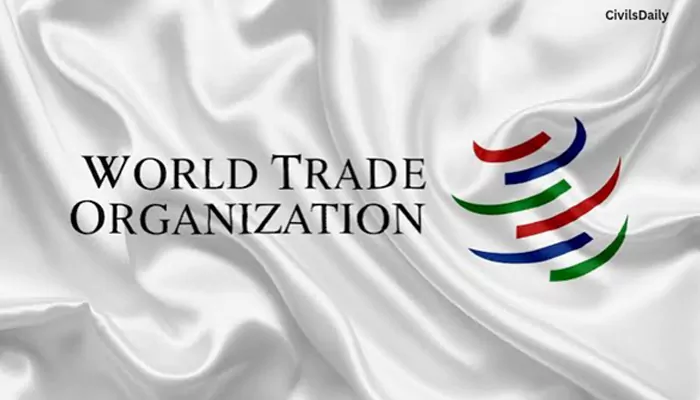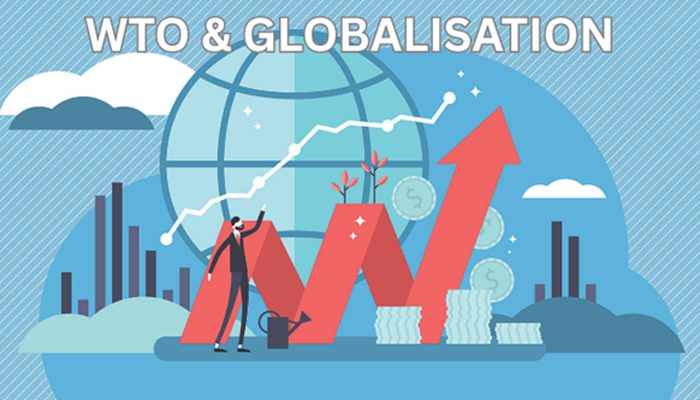World Food Day 2024: Where Hunger Hits Hardest—9 Nations in Crisis
- Devyani
- 1 year ago
- 3 minutes read

Aimed at raising awareness and inspiring actions to tackle world hunger and achieve food security for everyone, World Food Day is celebrated every year on October 16. This day was created by the United Nations’ Food and Agricultural Organisation (FAO) IN 1979. This day calls for worldwide assistance on issues like food security, nutrition and sustainable agriculture.
Although the world produces ample food to feed and nourish all 8 billion people, nearly 733 million individuals, that is about 1 in 11, grapple with hunger issues daily. Furthermore, 2.8 billion people, that is around 35% of the global population, cannot afford a nutritious diet. The 2024 Global Hunger Index sheds light on the issue with hunger level deemed serious across 36 global nations. Here are the countries which have been most impacted by hunger and malnutrition.
Democratic Republic of Congo
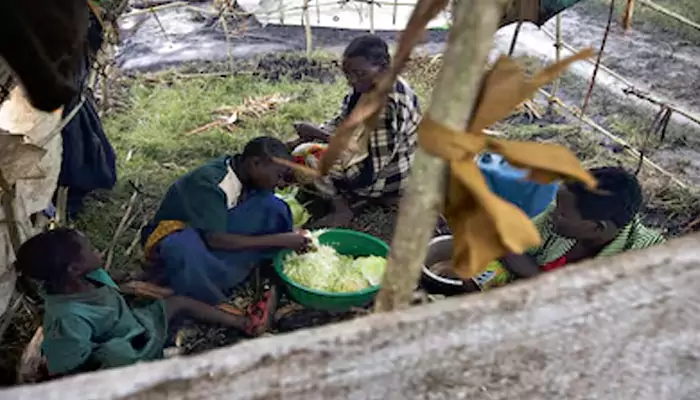
The Democratic Republic of the Congo (DRC) is facing the world’s most severe hunger crisis, affecting 23.4 million people who are suffering from acute hunger. Decades of conflict and widespread poverty have exacerbated the situation. The country also experiences ongoing challenges from Ebola outbreaks, climate-related disasters, and pest infestations. In 2023, the UN World Food Programme extended its support to 5.4 million people in the DRC.
Afghanistan
Millions of Afghans, including around 4 million women and children, are experiencing severe hunger and malnutrition. Since the withdrawal of international troops in 2021, The country's economy has significantly deteriorated, since the withdrawal of international troops in 2021, contributing to many families struggling to acquire basic services. In 2023, the UN World Food Programme provided aid to 18.6 million people across Afghanistan.
Yemen
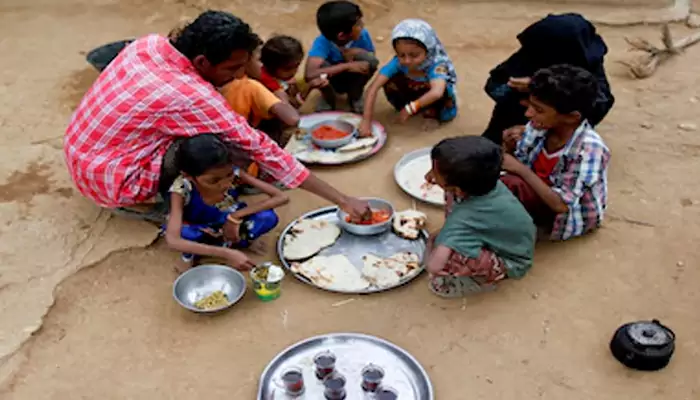
The ongoing civil war in Yemen has lead 17 million people into extreme hunger, leaving numerous families with nothing more than bread and sweetened tea to survive on. Malnutrition rates among Yemeni women and children are among the highest globally. In 2023, the UN World Food Programme provided aid to 15.2 million Yemenis.
Syria
With conflicts lasting for more than a decade in the country, 12.9 billion Syrians were pushed into hunger, with nearly 13 million displaced from their homes. The economic implications of Covid-19 had furtherafe it difficult for families to access food or medicine.
The Sahel
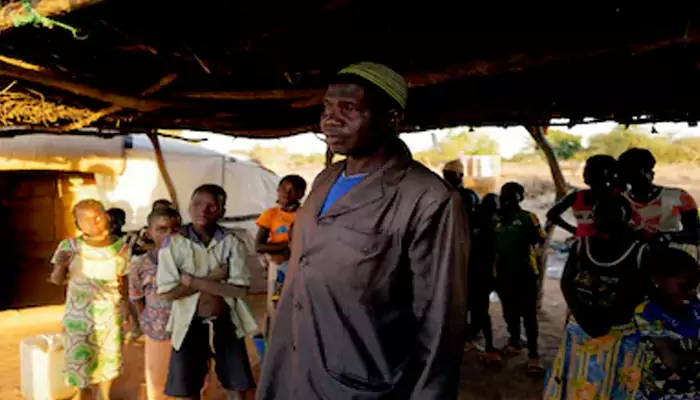
Conflicts, climatic extremities and poverty driven hunger rae the main perils in this region. Around 13 million people are projected to express food crisis levels of hunger across five countries namely: Brikina, Faso, Chad, Mauritania, and Niger.
Sudan
Hunger continues to rise, affecting 26.6 million people who face extreme hunger issues due to conflict, floods and inflation. The UN World Food Programme assists over 6.5 million people in Sudan.
South Sudan
Hunger is escalating, impacting 26.6 million individuals who are grappling with severe food shortages caused by conflict, flooding, and rising inflation. The UN World Food Programme provides support to more than 6.5 million people in Sudan.
Somalia
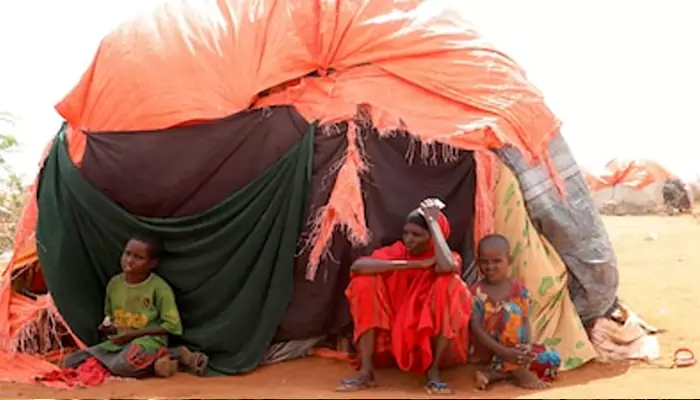
Drought, ongoing civil conflict, and increasing food prices have impacted 6 million people in Somalia, with 300,000 facing severe, life-threatening hunger. The UN World Food Programme provides emergency food and nutritional support to 4.5 million people each month.
Haiti

Hunger has worsened for 4.7 million people due to political instability, gang violence, and extreme weather conditions. The UN World Food Programme offers emergency relief, school meal initiatives, and programs aimed at strengthening community resilience.
On this World Food Day, let us promise to not waste any food and strive for a better future for the next generation.

